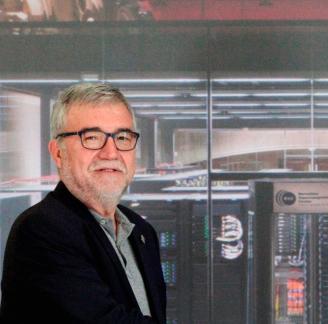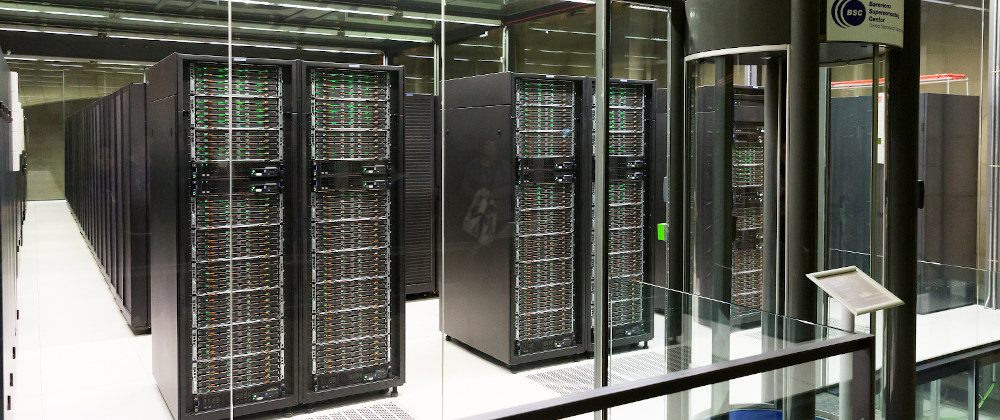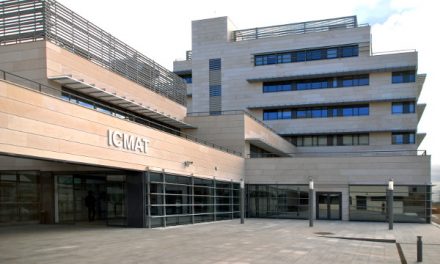Mateo Valero puts the Barcelona Supercomputing Center-National Supercomputing Center as an example of cohesion between administrations
Mateo Valero, director of the Barcelona Supercomputing Center-National Center for Supercomputing (BSC-CNS) and honorary academician of the Royal European Academy of Doctors-Barcelona 1914 (RAED), highlights the ability of science and research to overcome discrepancies policies and competences that occur between the Spanish administrations, and in particular the current disagreement between the Government of Spain and that of the Catalan Government, using as an example the management model of the center he directs, located in Barcelona. “Since we started in 1984 we have survived many governments, ministers and secretaries of State. And the BSC-CNS isn’t the only example, there is also the Alba Synchrotron, located in Sant Cugat del Vallès (Barcelona). And that is because these projects are good for everyone. Because of each euro invested, 12 come from abroad. We have managed to be a point of collaboration between institutions and establish the right environment to generate ideas. Valero has made this reflection in the program “Despierta, Aragón” (Awake, Aragon), by Aragón Radio.
In an emotional intervention that has also had the intervention of the mayor of his hometown, Alfamén, the elected academician of honor has remembered his childhood in this small municipality of Zaragoza that left at nine years encouraged by his teachers, who advised him to continue his studies in Zaragoza. Today, that humble school where he learned to read bears his name, in which he considers the best tribute of the many he has received in recent years by international institutions and organizations of the highest level.

Dr. Mateo Valero
Valero has highlighted the technological advances that he has had to live, stopping at the three that he considers most decisive: “When I was studying, the first transistor was designed, but nobody had foreseen what has come to pass thanks to this advance. It’s one of the three most important inventions, such as the discovery of the structure of the double helix of DNA or the development of artificial intelligence. It’s something that everyone is talking about now and what is changing our conception of the world, as they will be in a future quantum computers”, he explained. In this sense, about the future of supercomputing, he has considered that he won’t go through making computers faster and with greater capacity like the current ones. “I call them those crazy pots. But right now they are the element that has most influenced Humanity, because it allows us to evaluate through simulation things that would otherwise be impossible. Simulation is the only thing we have where there can be no laboratories”, has explained.
The “Despierta Aragón” program tries to publicize, through in-depth interviews, inspiring characters born in Aragon or working in the community. Doctor in Telecommunications, professor and researcher, Valero has driven the evolution of both the National Supercomputing Center of Barcelona and one of the most powerful supercomputers in Europe: the MareNostrum. That is the generic name used by the BSC-CNS to refer to the different updates of its most emblematic and most powerful supercomputer in Spain. The first version was installed in 2005 and the fourth is currently in operation. MareNostrum 4 was launched last July and is ranked 16th of the supercomputers with the highest performance internationally. He currently dedicates a total of 11.1 Petaflops to scientific production and innovation, which gives him the ability to do 11,100 billion operations per second.
This capacity will increase shortly, in the MareNostrum 5 version, when emerging technology clusters that are currently being developed in the United States and Japan are incorporated into the supercomputer. MareNostrum 4 has also been described as the most interesting supercomputer in the world for the heterogeneity of architectures that it will have once its installation is complete. In its new version, its total speed will be 200 Petaflops, which will allow it to perform 200,000 billion operations per second. The different components are connected to each other through a high speed network.




